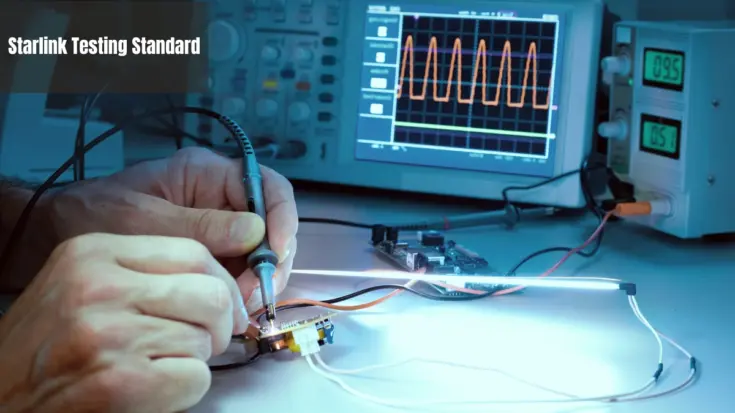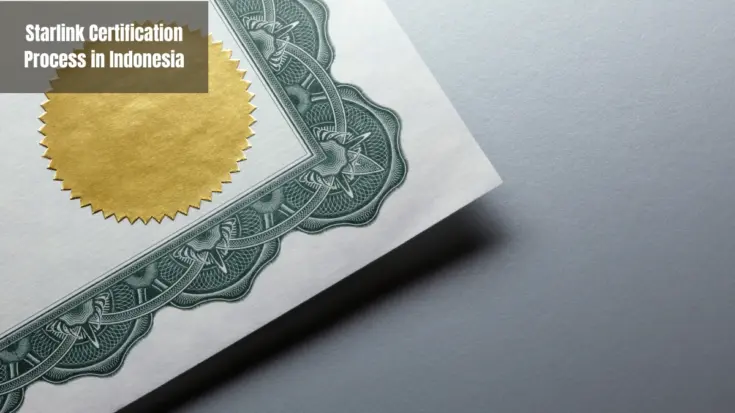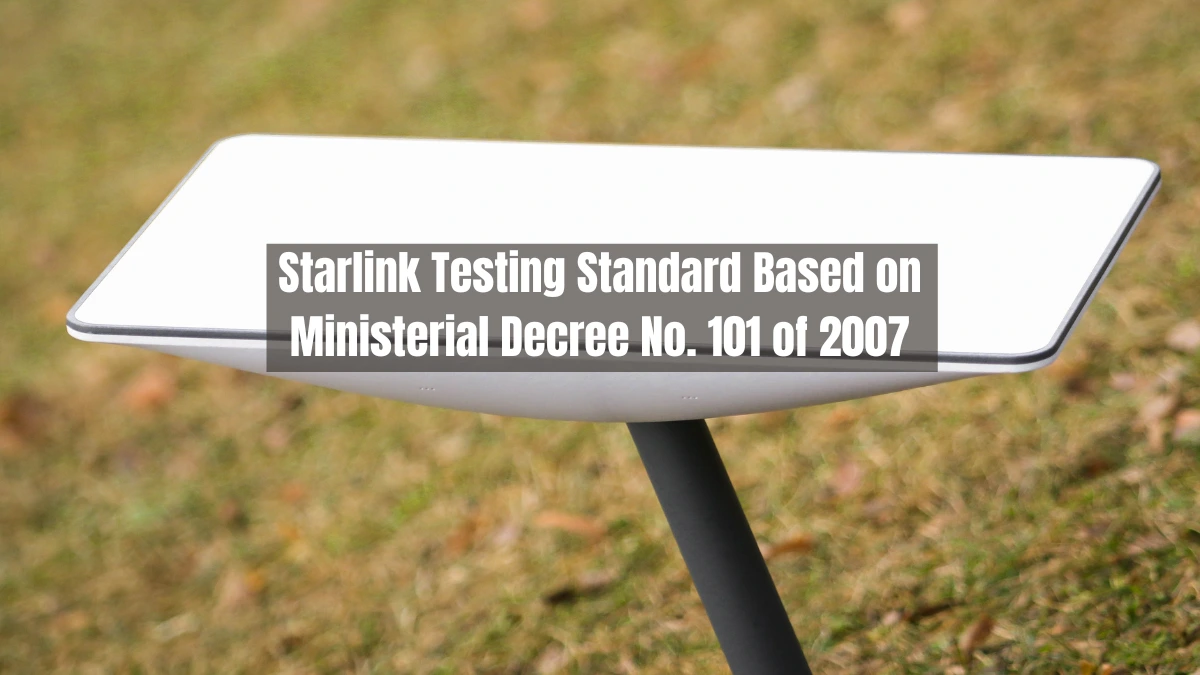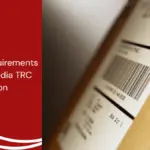Starlink is a satellite-based internet service that aims to bring high-speed internet to the entire world, even to areas that were previously almost impossible to reach. The device, developed by SpaceX, Elon Musk’s space company, works through hundreds or even thousands of small satellites orbit low above the Earth’s surface, known as LEO (Low Earth Orbit).
With the increasing use of Starlink, the Indonesian government through Regulations of the Director General of Post and Telecommunications (PERDIRJEN POSTEL) No. 101 of 2007, has established passive optical network testing standards to ensure that these devices are safe, efficient, and do not interfere with each other.
This regulation is intended to ensure that all Starlink circulating in Indonesia must ensure their quality, safety, and compliance with applicable regulations through testing standards.
Also Read
Table of Contents
Starlink Testing Standard

Before being used or marketed in Indonesia, Starlink must meet several established technical requirements. Here are some of the standards that must be met:
| Components | Parameters | Value/Standard |
| High Power Amplifiers (SSPA, TWTA, Klystron types) | Operating frequency | C and Ku-Band |
| Gain stability | ≤ ±1 dB (SSPA) or ≤ ±0.25 dB (TWTA/Klystron) at temperatures of 0–50°C | |
| Input/output VSWR | Maximum 1.3:1 | |
| Output harmonics | ≤ -60 dBc | |
| Spurious | ≤ -65 dBc | |
| Phase noise | Low at various frequency offsets | |
| Group delay | Minimal change | |
| Low Noise Amplifiers | Operating frequency | C and Ku-Band |
| VSWR | Maximum 1.3:1 | |
| Noise temperature | ≤ 45 K (C-Band), ≤ 100 K (Ku-Band) | |
| Gain flatness | ≤ ±0.2 dB per 40 MHz | |
| Upconverters | Operating frequency | C and Ku-Band |
| Input/output return loss | ≥ 20 dB | |
| Noise figure | ≤ 15 dB | |
| Spurious | ≤ -80 dBm (without carrier), ≤ -60 dBm (with carrier) | |
| Gain stability | ≤ ±1 dB (0–50°C), ≤ ±0.25 dB (24 hours) | |
| AM/PM conversion | ≤ 0.1°/dB | |
| Downconverters | Operating frequency | C and Ku-Band |
| Input/output return loss | ≥ 20 dB | |
| Noise figure | ≤ 15 dB | |
| Gain stability | ≤ ±1 dB (0–50°C), ≤ ±0.25 dB (24 hours) | |
| AM/PM conversion | ≤ 0.1°/dB | |
| Antenas | Gain | Refer to ITU-R S.524-5 |
| Polarization | Circular (LHCP/RHCP) isolation ≥ 27.3 dB, or linear isolation ≥ 30 dB | |
| Pointing coverage | Azimuth 360°, elevation 0°–90° | |
| Modems | Interface | G.703, RS-232, Ethernet (international standard) |
| IF frequency | 52–88 MHz / 104–176 MHz / 950–1750 MHz | |
| Data rate | n x 64 Kbps | |
| Modulation | PSK or QAM | |
| Operating temperature & humidity | -10°C to 60°C, humidity 95% (non-condensing) |
Testing Requirements
Testing requirements will go through three stages, namely sampling, testing, and testing results. The following is a detailed description:
- Test sample collection method: The testing institution will collect test objects randomly in accordance with applicable testing procedures.
- Testing method: Demonstrate qualitatively and quantitatively that the test items meet these technical requirements.
- Announcement of test results: The test results are declared to have passed if all test items meet the requirements as stated in these technical requirements.
Starlink Type Approval and Certification Process in Indonesia

For Starlink to be used legally in Indonesia, certification from DJID is required. Here are the steps to get it:
Pre-testing the device
Before official testing, the device must be pre-tested first using measuring equipment such as a spectrum analyzer.
This helps ensure devices meet technical standards before being tested in authorized laboratories.
Testing at an official laboratory
After passing the pre-testing, the gadget will be sent to an assigned official research facility for experience testing according to the guidelines stipulated in the PERDIRJEN POSTEL No. 101 of 2007.
Issuance of certificates
After the device passes testing, an official certificate will be issued by DJID. This certificate is a requirement to market the device legally in Indonesia.
Tips to ensure standards compliance
- Learn the latest regulations: Make sure you understand every detail of the PERDIRJEN POSTEL No. 101 of 2007, including technical requirements and test methods.
- Perform pre-testing: Before official testing, perform pre-testing to ensure the device meets standards. If you don’t have a measuring instrument, use the DJID certification service, which provides pre-testing services.
- Counsel a master: If this is your to begin with time looking for certification, consider utilizing the services of experienced DJID certification administrations. <UN>









